Pallets to Pints: Turning a Video Podcast into a…
Discover how Rehrig Pacific and GO transformed a niche B2B audience into an engaged community through Pallets to…
At GO, everything begins with a simple philosophy: Do good work with good people for good people. It’s the lens through which we evaluate every project, every partnership, and every creative thing we put into the world.
At its core, storytelling is about empathy—the ability to step into someone else’s perspective and make them feel seen. When turning concepts into campaigns, this is where I like to begin:
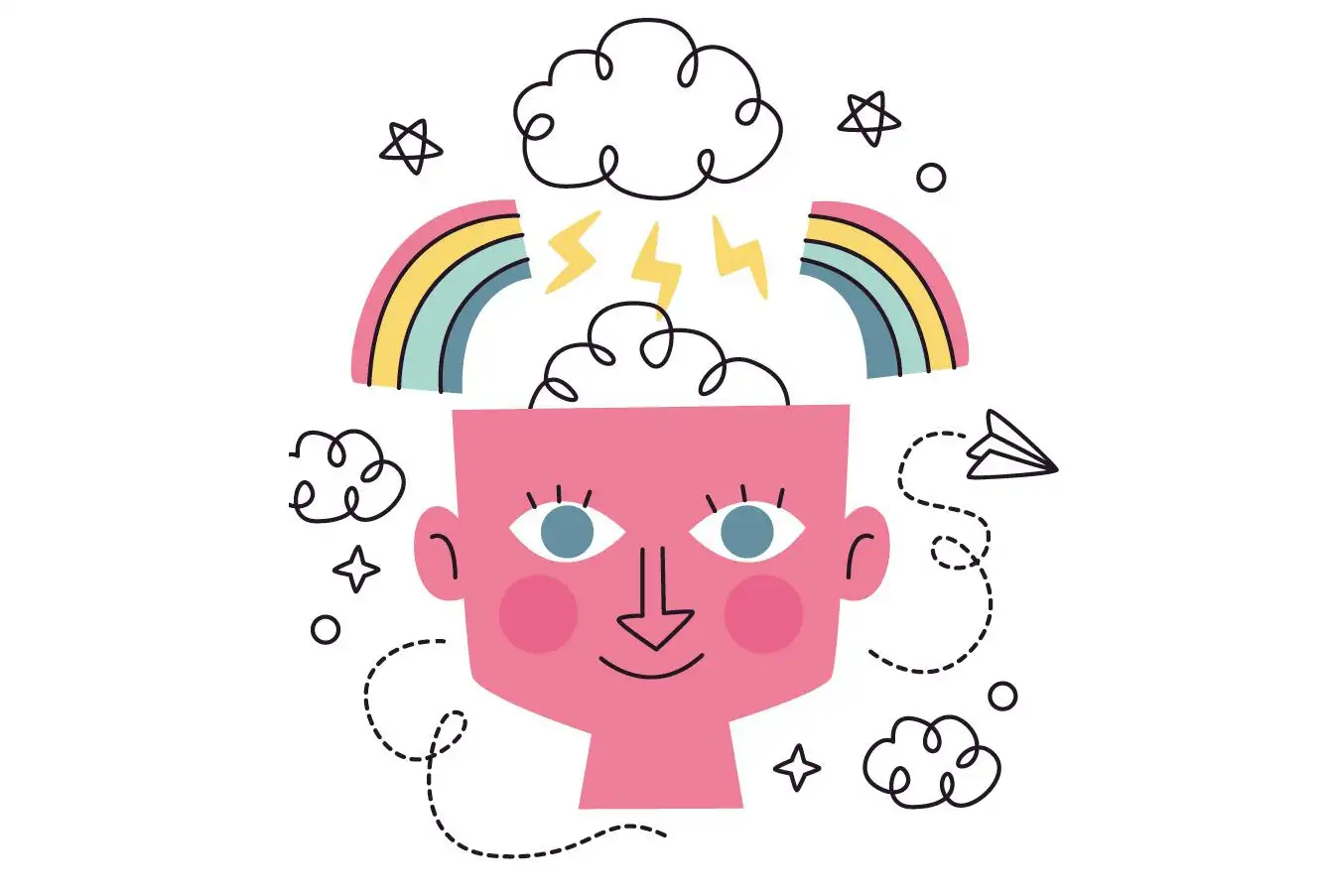
I seek to understand not only what people do, but also what they think, how they feel, and why it matters—to them and their audience. This understanding forms the foundation for a strategy and framework that ensures the story resonates, mapping behavior, culture, and context so the campaign is not only visually striking but also emotionally and cognitively relevant.
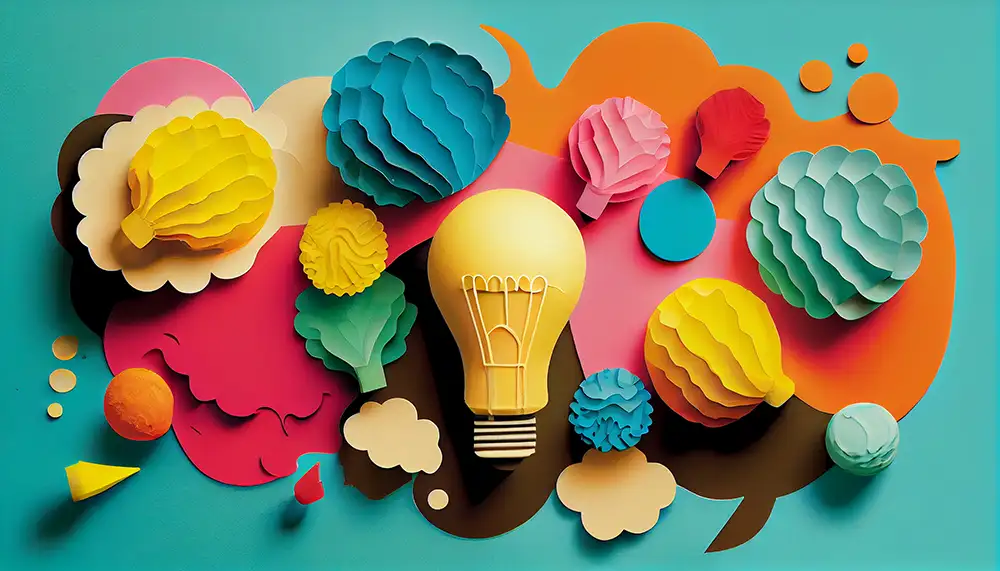
Campaigns that endure aren’t just driven by product features; they’re anchored in feelings. Pride. Joy. Belonging. Discovery. Humor. Nostalgia. Whatever the emotional truth, that’s where the story lives. My goal is to translate that truth into a narrative that audiences can see themselves reflected in—one that feels less like a marketing pitch and more like a shared experience.

Every detail serves a purpose:
• Color palettes spark emotion.
• Typography and photography carry voice and tone.
• Composition directs focus and flow.
• Motion and interactivity transform a message into a living, breathing experience.
Here, the abstract becomes tangible. The “why” becomes something people can see, feel, and connect with in an instant.
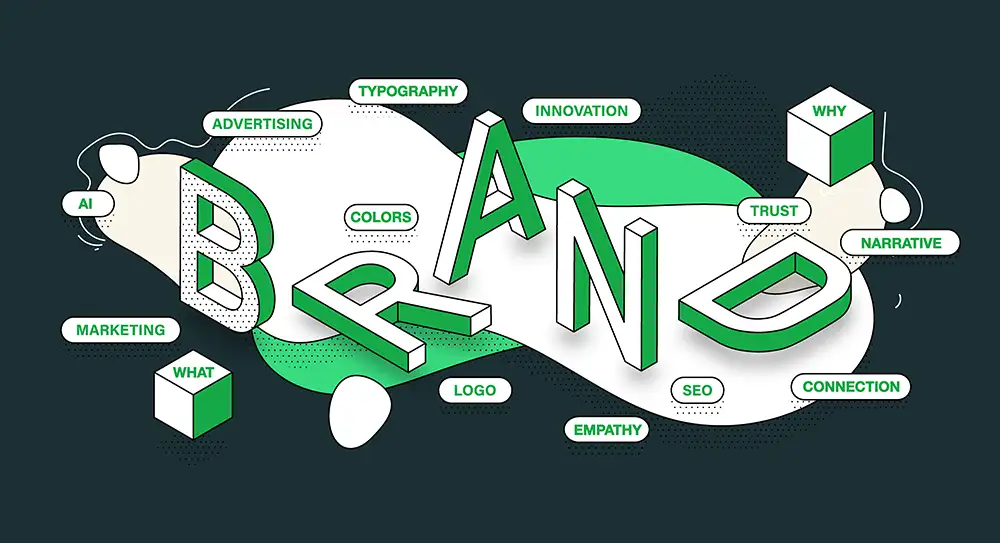
From a six-second social cut to a fully branded installation, every touchpoint should feel like a different chapter of the same book. Every extension feels consistent, cohesive, and human.
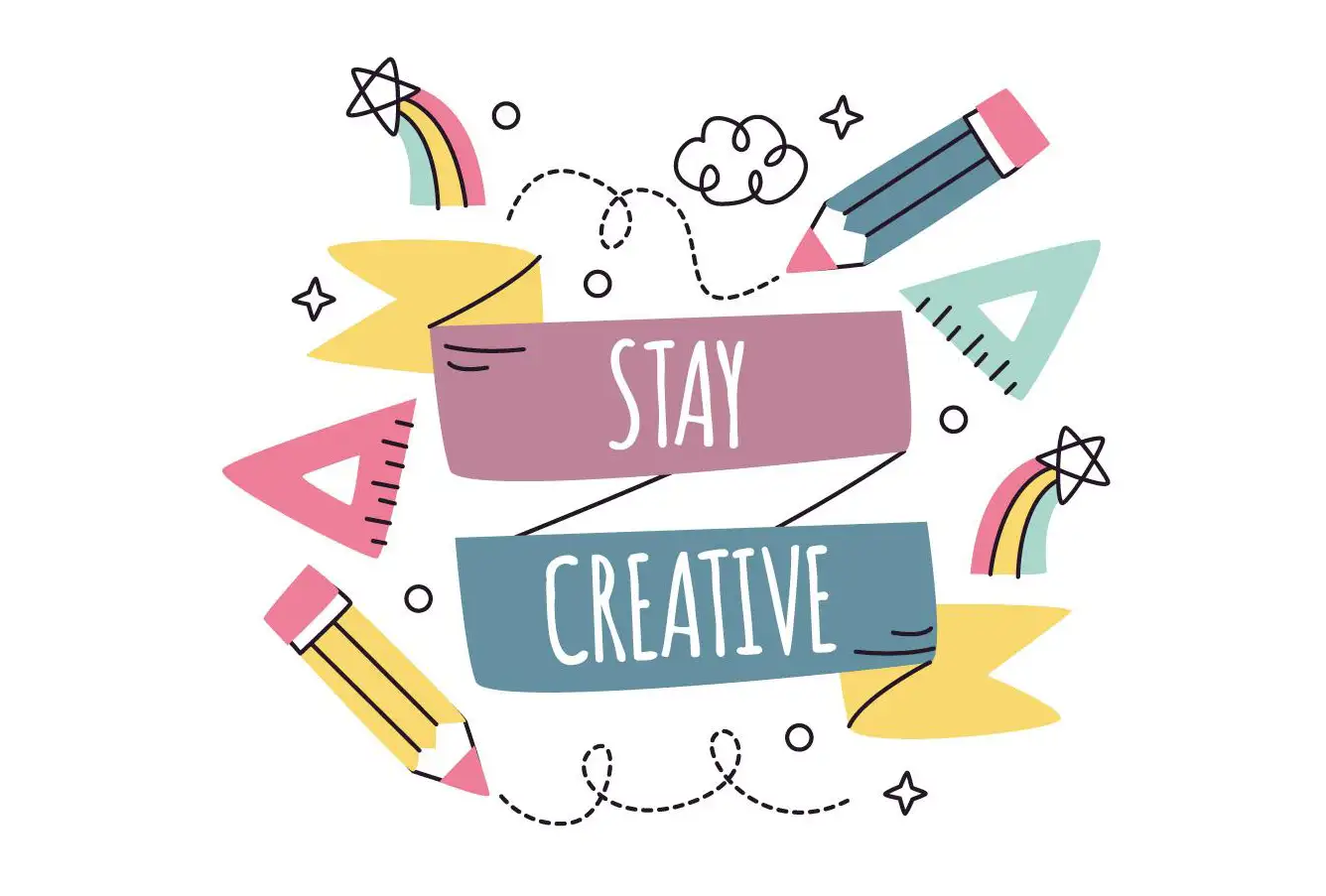
If someone feels seen in the work—if it makes them laugh, cry, share, or reflect—then the campaign is a success. Turn insight and empathy into creative that truly resonates, feels authentic and brings it to life with purpose and craft. Create campaigns that don’t just look good—they make people feel seen, understood, and inspired. That’s the art of visual storytelling.
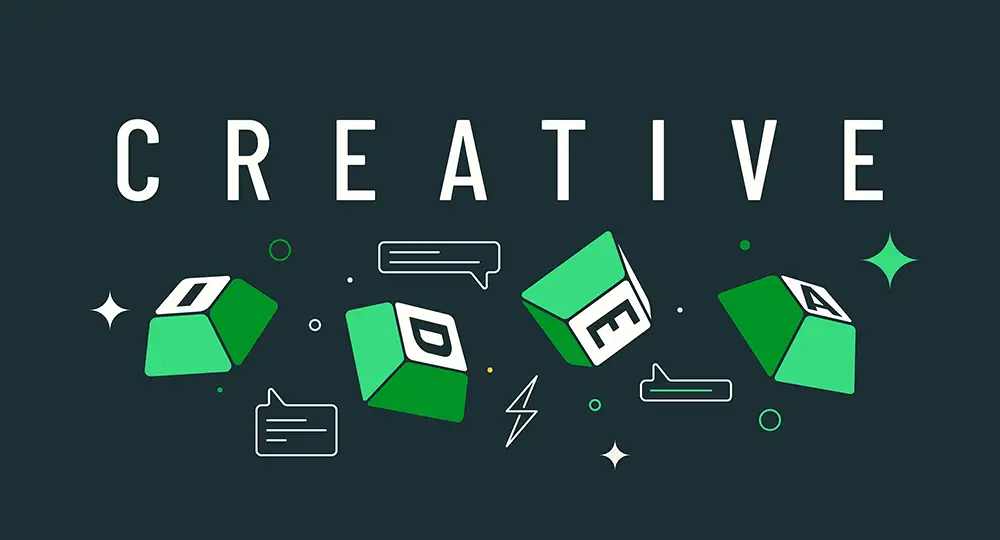
Frequently Asked Questions
Q. What makes visual storytelling different from traditional advertising?
Visual storytelling isn’t about pushing features or slogans. It’s about creating narratives that tap into human emotions and making people feel connected to the brand on a deeper level.
Q. Why is empathy important in campaign development?
Empathy helps us understand not just what people do, but why they do it. By tapping into the audience’s emotions, we craft campaigns that feel authentic and relevant.
Q. How do you ensure a campaign connects across different platforms?
We design campaigns as ecosystems, not single moments. By keeping the narrative and design language consistent, we can adapt the story for everything from social cutdowns to immersive brand experiences
Q. Where do modern design and AI tools fit into storytelling?
They’re not replacements for creativity—they’re amplifiers. Tools like AI help us visualize faster, iterate smarter, and stay nimble in how stories evolve with culture.
Q. What’s the key takeaway for brands investing in visual storytelling?
Start with the why, lead with empathy, and use story-driven design to create campaigns that people don’t just see—but remember and share.
Karen infuses every project with creativity, passion, and a people-first mindset. When she’s not crafting brand stories, you might find her performing as a classically trained soprano or traveling the world. Learn more about Karen and her time here at GO.
Discover how Rehrig Pacific and GO transformed a niche B2B audience into an engaged community through Pallets to…
A recap of GO’s All Hands meeting—team bonding, inspiring guests, department updates, big milestones, and…
Learn how to transform brainstorms into powerful creative direction with five proven exercises that balance play…